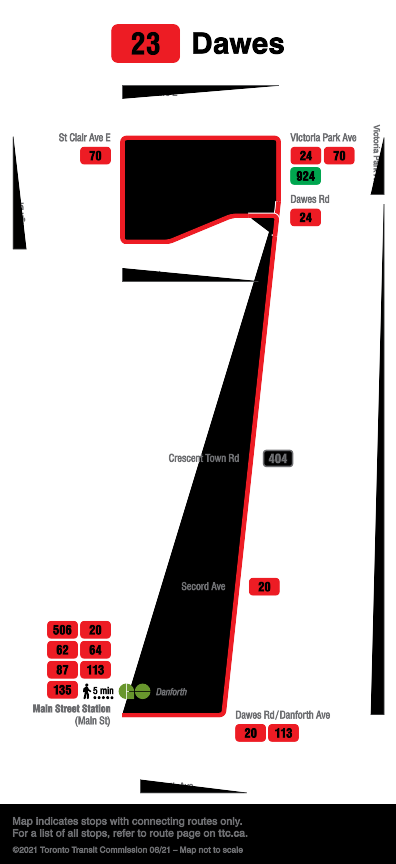
Introduction to the TTC
The Toronto Transit Commission (TTC) plays a crucial role in the city of Toronto, providing public transit services to millions of residents and visitors each year. As a primary mode of transportation, the TTC is vital for reducing traffic congestion, lowering carbon emissions, and ensuring accessibility across the dense urban landscape. With recent developments and challenges facing public transportation, staying informed about the TTC is more important than ever.
Recent Developments
In September 2023, the TTC announced several service adjustments aimed at improving efficiency and reliability. These changes come in response to ongoing feedback from users, as well as city-wide efforts to enhance transit operations. Key alterations include extended operating hours for select subway lines, increased frequency during peak times, and improved accessibility measures for those with mobility challenges.
Additionally, the introduction of a new fare system, the TTC’s PRESTO card, continues to evolve, allowing for seamless transfers and innovations in digital payments. This system is designed to streamline the boarding process and ultimately encourage more residents to utilize public transit services.
Challenges and Responses
Despite these positive changes, the TTC continues to face significant challenges. Funding shortages have led the commission to announce a freeze on hiring new employees until further notice, which raises concerns about service disruptions and staffing shortages. Moreover, reports of increased fare evasion have prompted the need for enhanced measures to ensure compliance with fare regulations.
Recent incidents involving safety and congestion have also sparked debates around the need for further investments in infrastructure and community safety initiatives. City leaders are currently discussing potential solutions, including partnerships with private transportation services to alleviate pressure on the TTC.
Conclusion: The Future of the TTC
The future of the TTC is set to be shaped by both challenges and innovations in public transit practices. As Toronto continues to grow, the demand for reliable, efficient transportation will only increase. Stakeholders advocate for sustainable funding and investment in infrastructure improvements to address upcoming needs.
For Toronto residents and visitors, understanding the ongoing developments within the TTC enhances their commuting experience and encourages more individuals to rely on public transport as a viable option. Ultimately, the effectiveness of the TTC will play a significant role in shaping the city’s transit landscape for years to come.



